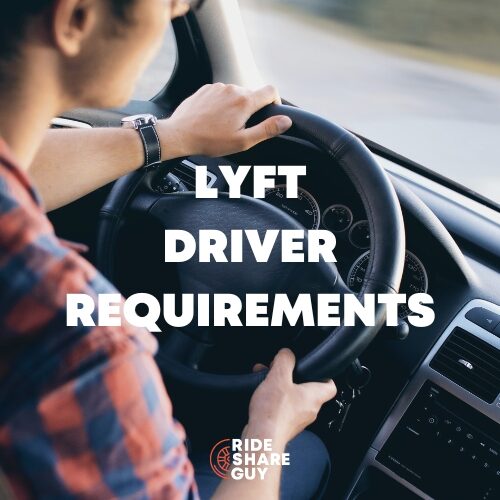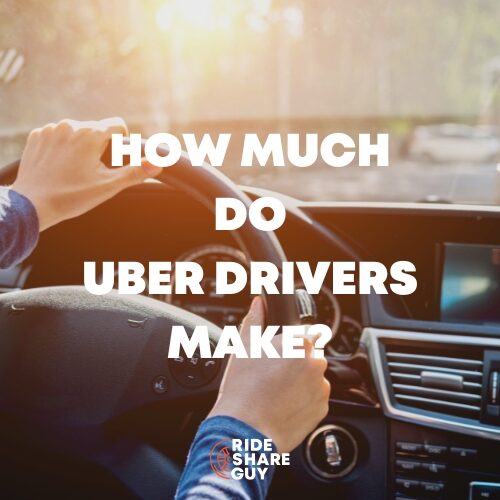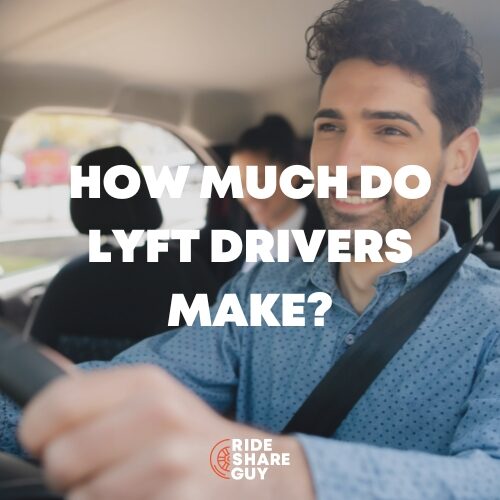Curious as to what it’s like to ride in a “driverless car”? Senior RSG contributor Will Preston was lucky enough to get a ride in one of Lyft’s driverless cars while in Las Vegas. In this article, he covers what the experience was like, the unique features and challenges of driverless cars, and more.
When I landed in Las Vegas and opened my Lyft app, I was very excited to see a message that told me that Lyft was test driving driverless cars in Las Vegas. The app let me know that getting a ride in such a car was a possibility, but only if I opted into the experience. As a driver who wonders if we will all be replaced someday by robots, and as a nerd who loves technology, I immediately said yes!
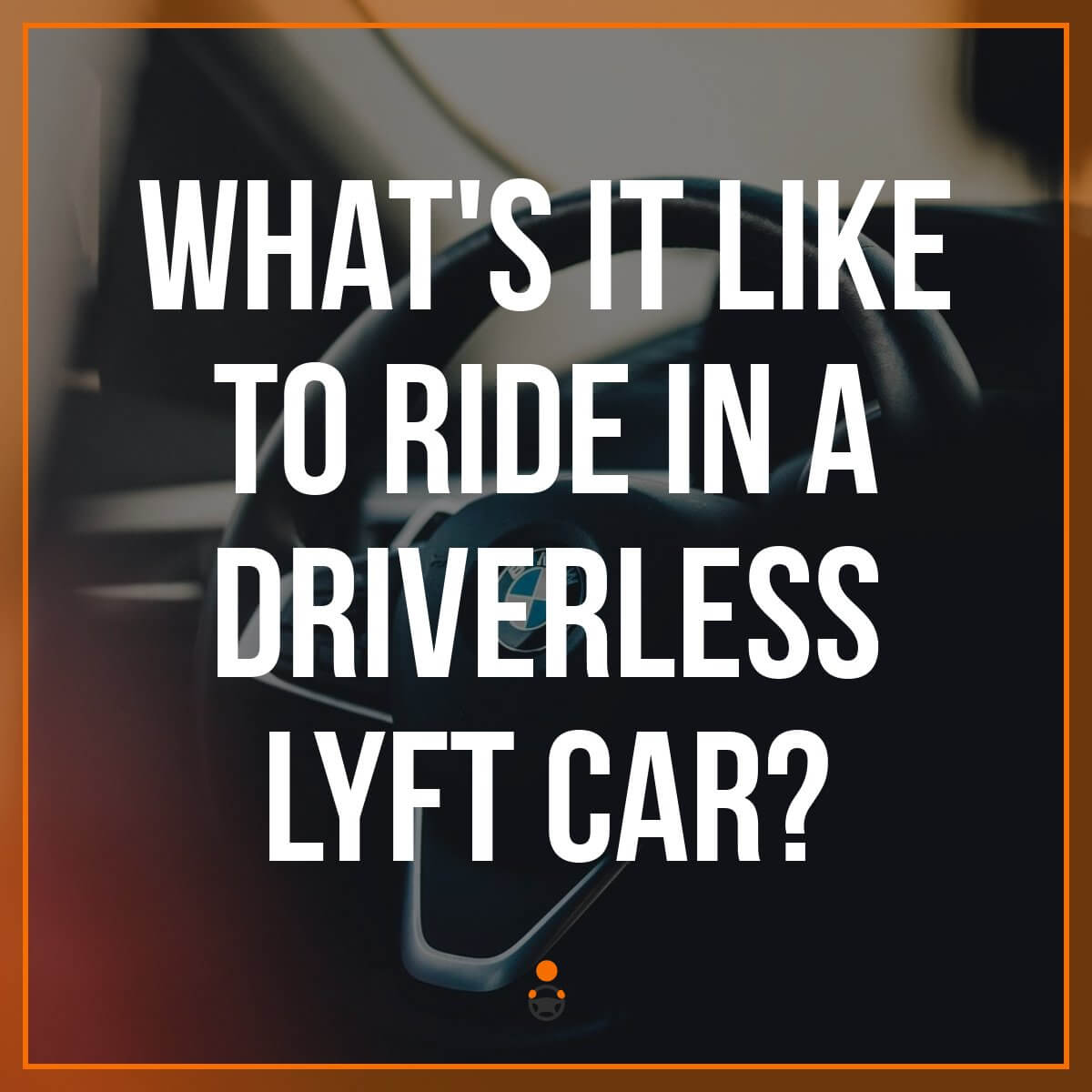
Much to my chagrin, ride after ride went by with nary a sign of a driverless car. I asked around and found out that there were only five of them on the road, so my odds of getting one were actually pretty low. But I was in Vegas, so I figured out how to game the system. Every time I needed to go somewhere, I would request a Lyft and see if it was a driverless car. If it wasn’t, I would cancel right away and re-request. I did this a few times, and eventually the odds were with me. I got very excited when the phone notified me that my incoming car would be a driverless vehicle, and once again asked me to opt-in for the ride.
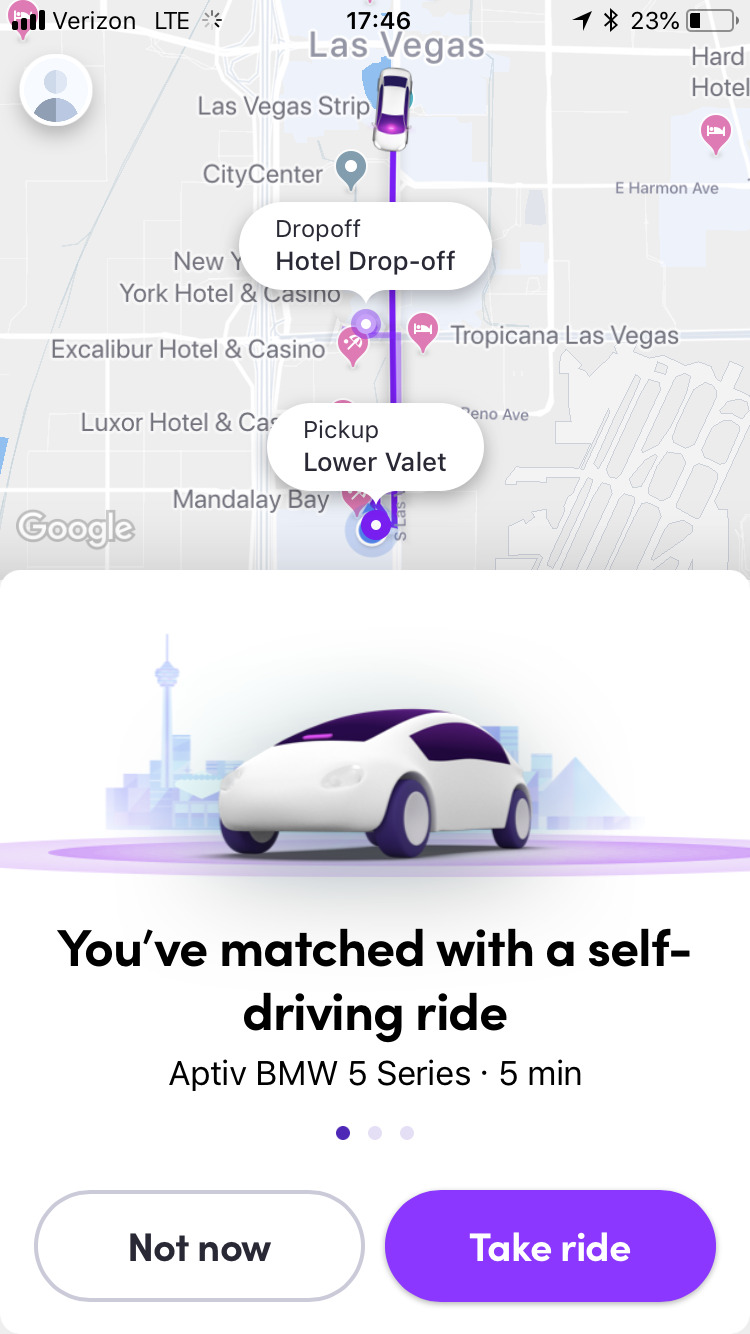
Is There a Driver in a Driverless Car?
Of course I opted in and not-so-patiently waited for my ride. I knew this was a pilot program, so I expected to see people in the front seat. But I was still disappointed to see the driver’s hands on the wheel as they pulled up to me. Perhaps this ride was not going to live up to my expectations.
I got in and was immediately greeted by a very courteous co-driver sitting in the passenger seat. He had a laptop that he was using to record all different kinds of information about the trip. After welcoming me to the car, he told me that I was not allowed to film or take pictures inside the car. So sadly I have no pictures of this event.
He explained to me that while it was a driverless vehicle, they take it out of driverless mode when it is on private property. The driver would put it in driverless mode once we were on public streets. We chatted about how the technology behind a “driverless” vehicle works, which I’ll outline below.
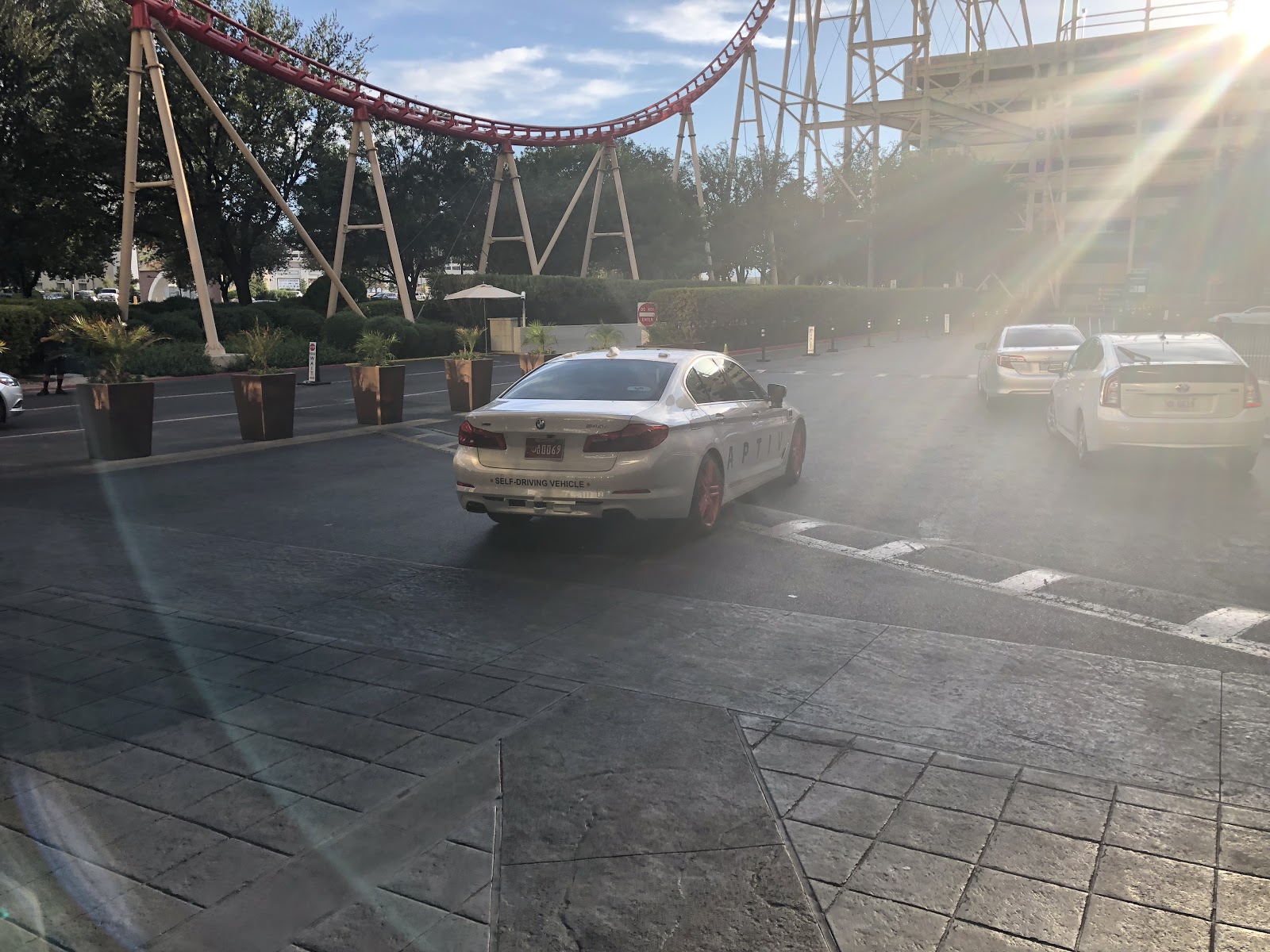
The Technology for a Driverless Car
I would describe the car as an otherwise very normal-looking car. If it weren’t for the branding, it wouldn’t look any different from other cars on the road. Once inside, however, there was a relatively large LCD display mounted directly to the driver’s right. This display showed a graphical representation of everything the car was “seeing” in front.
I’m not sure if the LCD display was purely a gimmick, or if the co-driver was expected to observe the real world and compare it to the graphical representation of what was being shown on the screen. I know that’s what I was doing! As I would see another vehicle, bicycle, or even pedestrian enter the field of view, I would see how that item would be represented on the screen.
The more defined the shape of the item (e.g. car), the more defined it tended to be in the display. Cars actually looked like cars in the display. In contrast, things that constantly changed shape (e.g. pedestrians) tended to be represented by an amorphous blob. But everything that was happening in front of us was clearly being represented on the screen in one way or another.
The co-driver also explained to me that the car uses a variety of technologies, including all of the following:
- 4 short-range LIDARs
- 5 long-range LIDARs
- 6 electronically scanning RADARs (ESR)
- 4 short range RADARs (SRR)
- 1 trifocal camera (next to the rearview mirror)
- 1 traffic light camera (next to the rearview mirror)
- 2 GPS antennas
- 1 dedicated short range communications antenna (DSRC)
- 2 computer and software stacks for redundancy and safety
- ControlTec CT-Edge data communication system
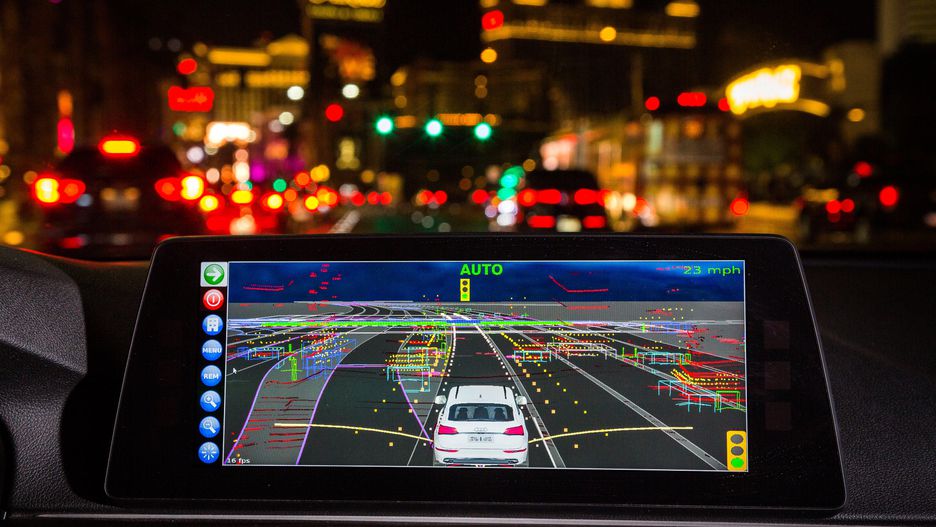
This means the majority of the information the car is processing is not visual in the traditional sense. The majority of what it is “looking at” are distance calculations from RADAR and LIDAR. (RADAR uses radio waves; LIDAR uses light waves.) This information is then combined with the trifocal camera that appears to be aimed only at the front.
The DSRC system interfaces with the traffic lights that tell it what status the light is in (e.g. green or red). If it detects that it is approaching a traffic light without such a signal, it defaults to the traffic camera light right. As you might imagine, knowing if the stoplight you are about the approach is green or red is rather important.
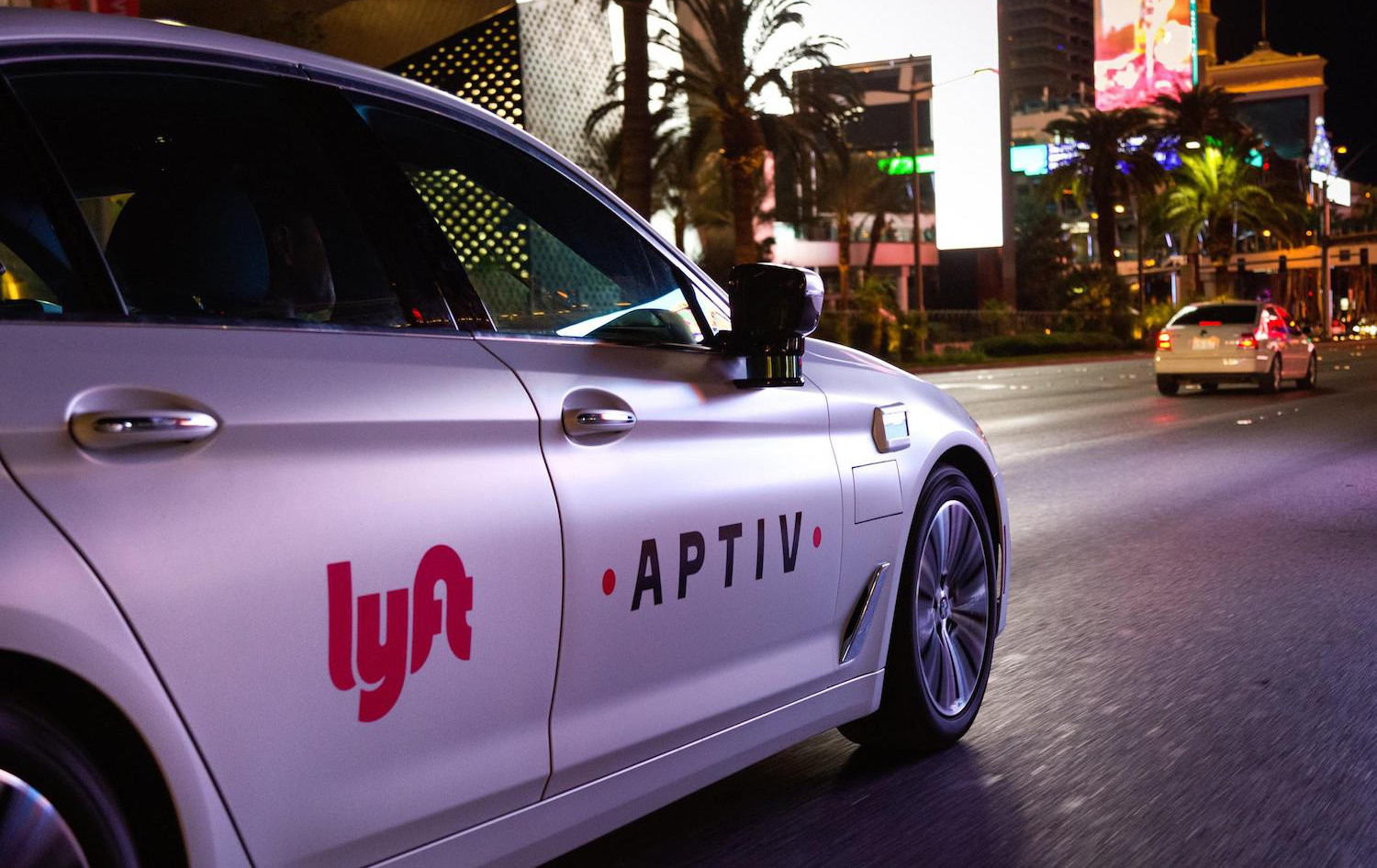
My Ride in a Driverless Car
Once we were off casino property, the “driver” pushed a button on the column and put the car into driverless mode. She then put both hands roughly one inch from the steering wheel on both sides, and explained to me that her feet were also hovering above the appropriate pedals. The co-driver mentioned there was only one way to activate autonomous mode, but there were multiple ways to deactivate it, including even a slight tug of the steering wheel, a tap on the brake or gas, or tapping the autonomous button. They explained that the autonomous system would never “fight” the driver, and would immediately relinquish control if any of those things happened.
One question I didn’t think to ask was what the car would do if the LIDAR and RADAR systems detected a quickly moving vehicle that was going to crash into the car. For example, what would the car do if it detected a car was about to slam into its rear end? Would it change lanes? Would it run a red light if the coast was clear? Would it turn right if possible, even though that is not the route it intended to go? In summary, how well is the self driving car programmed to evade other drivers’ bad behavior? Anyone who has ever driven knows that most of the problems you have to deal with on the road are other drivers and passengers not doing what they’re supposed to do.
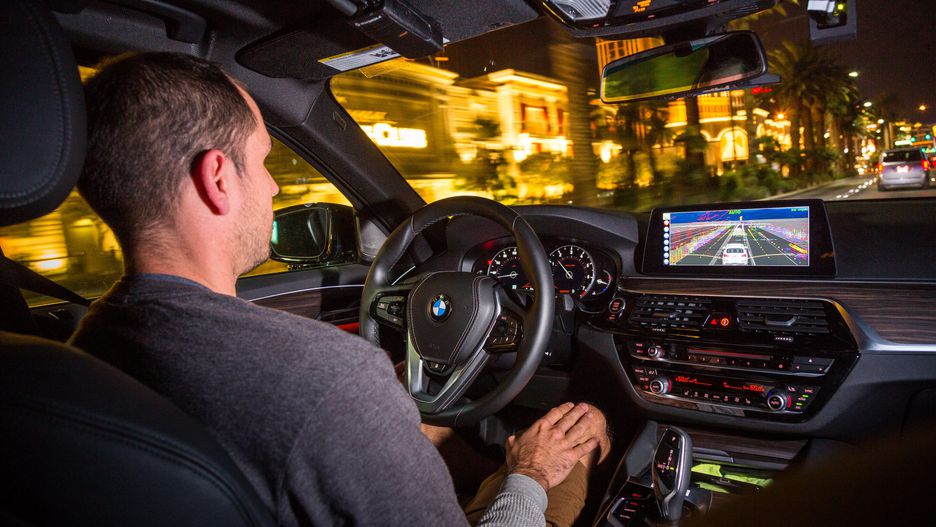
Speaking of which, as we turned left onto a road, I did see it “notice” and account for a pedestrian in the crosswalk that should not have been there. The car noticed them anyway and slowed down, which brings up another question. Suppose a driverless car could not pull into the lane it was supposed to pull in due to a pedestrian or other obstacle, but it could pull into another lane and safely proceed. Would it do so, or would it stay in the lane it had chosen, forever stymied?
It was definitely surreal watching the car think for itself and accelerate onto the freeway. I remember verifying with the “driver” that we really were in autonomous mode. I found the whole thing quite exhilarating, even though she had her hands next to the steering wheel the whole time.
I never once saw the car do anything scary. In fact, in most situations, I would describe it as a very conservative driver. I did notice how it behaved as we were approaching a red light with vehicles already at the light. We were probably 150 feet or so away from the next vehicle and could have easily coasted to that vehicle and stopped with very light brake pressure. Instead, the driverless car accelerated slightly, which then required it to break stronger than it would have needed to do if it had just coasted.
I asked about this, and the co-driver said that the car didn’t really understand the concept of coasting just yet. It just knew that it needed to move forward 150 feet, so it accelerated slightly. (I don’t want to exaggerate here. It was a very slight acceleration, but an acceleration nonetheless.)
At the end, I got to “rate” the car as well:

Driverless Lyft a Reality?
It appears to me that the driverless technology is probably good enough to take over your car for you once you are in the vehicle and know where you’re going. But there are a number of “last mile” problems that I can think of with purely autonomous driving from point-to-point. For example, will it be able to find you a parking spot at the mall? Will it even know if that’s what you want to do? What will it do when the place it believes you should park (e.g. your driveway) is blocked? Will it know to park on the street and be able to do so?
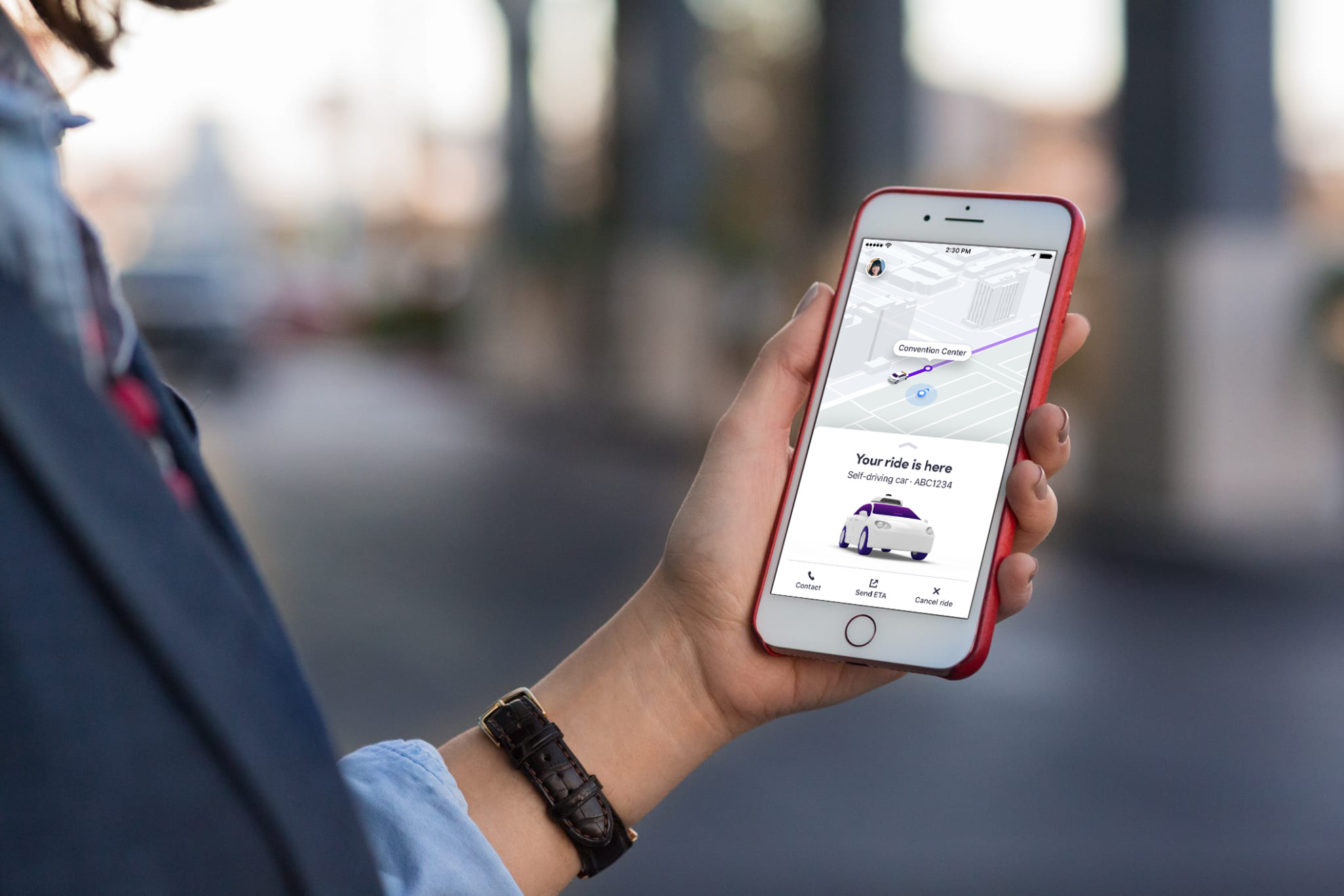
When you combine a fully autonomous vehicle with rideshare, I come up with even more questions. How will it deal with an inaccurate location? Think about how many times you have been sent to a location that is 100 feet or so away from your passenger, but you still can’t find them and they can’t find you. Maybe you are in an alley, the next street over, or even on the other side of a wall that the GPS doesn’t know exists. You can be 20 feet away and still unreachable. Perhaps an autonomous vehicle could automatically navigate closer to the GPS signal being put out by the phone, but even those are often inaccurate as well.
What about drop-off? In suburban San Diego, there are a lot of alleys behind houses that for some reason the GPS always wants to send me to. As a human, I ignore that direction and go to the front of the house, because no one wants to be dropped off in an alley. An autonomous vehicle would go directly to that alley and say your ride’s over. How does a passenger who is scared to be dropped off in a dark alley tell an autonomous vehicle, “No, please take me around the block”?
The co-driver from Activ suggested a few ideas. He thought it would be possible to do full autonomous trips between set locations, such as what they’re doing in Las Vegas going from casino to casino with dedicated drop-off and pick up spots. I could see something like Uber’s Express POOL, where you are offered an autonomous Uber that is much cheaper than an Uber with a driver, but you need to walk to a dedicated pickup spot.
The fact that they don’t operate the vehicle in autonomous mode on private property also brings up another interesting point. It’s very easy to make an agreement with the city of Las Vegas that you’re going to operate autonomous vehicles on their roadways. It’s a whole other thing when you bring in private property.
If Lyft was ever to operate in fully autonomous mode in Las Vegas, they would need the cooperation of the various casinos to allow them to drive an autonomous vehicle onto their private property. The same would be true when taking a driverless Lyft to a large restaurant, store, or mall with its own parking lot. So even if we get to a place where more cities and states allow autonomous vehicles on the road, we still have the private property problem to deal with.
It turns out, Lyft has been thinking about all the questions I’ve raised, and more. According to Lyft, they’re actually anticipating even more drivers on the road (even with driverless vehicles) plus no decline in earning opportunities for drivers, even after driverless cars become a reality. You can check out with Lyft has to say about driverless cars and earnings for drivers (plus some future plans Lyft has) here.
In short, I was very impressed by the technology and how it worked and was fascinated to see it in action. But if you are a rideshare driver wondering if you’re going to be replaced by a computer, I think you’re safe for a few more years. But based on what I saw, I can also certainly see this going prime time in some locations for some rides in the next few years. Hey, maybe the autonomous vehicles will take all the POOL/Lyft Line rides – especially Express POOL. That would be nice.
Readers, have you seen or taken a ride in an autonomous vehicle? What did you think of it?
-Will @ RSG
